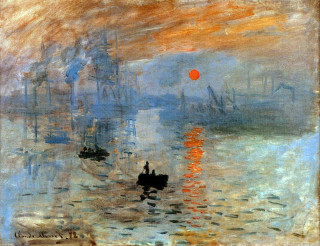Robert Delaunay called Impressionism the birth of light in painting. A 19th century art movement that like many others, claims Paris as its birth place, couldn’t be described in better words. Impressionism shocked the world with the most subtle yet visible of weapons, colour, as at that time, it was accustomed to sober and pleasing tones that held strong ground during Naturalism. It was named so because it was considered an impression, a sketch, rather than a finished piece of art, and yet it became one of the most recognized styles of painting in the years that followed. Read on to know how impressionism formed an impression of its own.

After Napoleon 3 rebuilt France, and yet continued to wage war, religious themes, historical portraits and subjects were considered invaluable when it came to painting. Landscapes, still life and daily scenes weren’t considered worthy *art*. The prevalent school of art in those times, or rather, Académie des Beaux-Arts, refused to entertain any art form of artwork that appealed to masses in any way different than how traditional art did. This led to some young artists coming together in form of a movement, to both showcase a different form of art and take a stand against orthodox art critics.
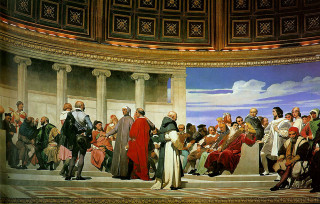
In their style of painting, Impressionists violated the set rules of traditional painting. The Académie considered valuable art that depicted religious scene in painting styles that look realistic, with carefully placed strokes that hid the artists’ hand, a restrained colour palette and further toning down of completed art works with varnish. Most of these paintings were created in art studios, and Impressionists differentiated themselves from traditional, *prestigious* artists from right here, as they chose open fields and meadows to create en plein air. Instead of following strict lines and contours, they painted using freely brushed strokes of vivid colour and tried to capture the transient effects of sunlight. To achieve intense colour vibration, they used broken strokes of pure mixed and unmixed colour, thus giving up on the limited colour palette of the Académie artists.
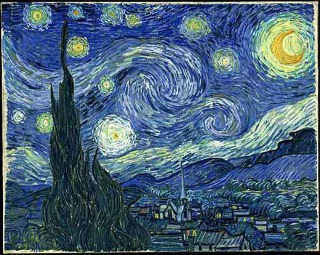
These young Impressionists then formed the Salon des Refusés, or the Salon of the Refused, to be able to display their works on their own. The viewers who firstly came only to mock, rapidly grew fonder of this new style of painting and in no time, exhibitions put up by the Salon started attracting a greater crowd than those put up by the Académie. Impressionists then filed a petition for an official Salon, but were denied repeatedly. Société Anonyme Coopérative des Artistes Peintres, Sculpteurs, Graveurs, or the Cooperative and Anonymous Association of Painters, Sculptors, and Engravers then came into existence. Members of this society were forbidden to associate with the Académie and were expected to remain independent in terms of their work.
With their open composition and emphasis on accurate depiction of light with its changing qualities, ordinary subject matter and inclusion of movement, Impressionists paintings became easily perceivable by common people and helped them relate to their daily experiences with a new and unusual visual angle.

Artists very well recognized as the best Impressionists of the era are discussed below –
1. Claude Monet
“For me, a landscape does not exist in its own right, since its appearance changes at every moment; but the surrounding atmosphere brings it to life – the light and the air which vary continually. For me, it is only the surrounding atmosphere which gives subjects their true value.”
This is how Monet, the undoubted founder of Impressionism describes his affiliation towards the same. He depicted contemporary subject matter without much idealization. Loose handling of strokes, bold color, attentiveness to light and strikingly unconventional compositions characterize most of his work.

2. Pierre-Auguste Renoir
Best known for his paintings of bustling Parisian modernity and leisure, he was one of most celebrated Impressionists of his time. The decidedly human element of his work set him apart from most of his contemporaries. Highly modernist art movements like Fauvism and Cubism drew great inspiration from his work.
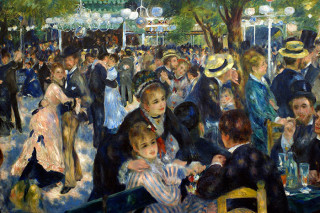
3. Vincent Van Gogh
One of the most celebrated artists of all times, Van Gogh was a forceful Impressionist. An iconic but tortured artist, Vincent Van Gogh strove to convey his emotional and spiritual state in through his art. He used an impulsive and liberal application of paint in symbolic colours to express his subjective emotions. His methods and practice came to define many subsequent modern movements from Fauvism to Abstract Expressionism.

4. Edouard Manet
With an upper-class upbringing but a bohemian lifestyle, Manet was driven to scandalize the French Salon public with his disregard for academic conventions. He is credited with popularizing the technique of alla prima painting, in which, rather than building up colours in layers, one would immediately lay down the hue that most closely matched the final effect he/she sought. His paintings were the first example of “flatness” in modern art.
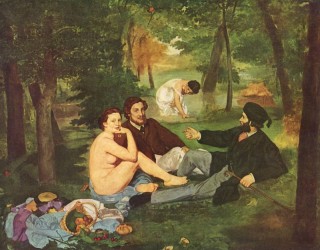
With developments of Impressionism in the visual arts, soon, analogous styles in other media like music and literature were seen. Sooner than later, Impressionism revealed itself as the most attractive period in art history and gained more appreciation by the public than the rest of them, mainly because of the simplicity of portrayal by which they celebrated cheerful reality and serene leisure, the beauty of nature and daily human life.
With high values placed on the aesthetics of realistic representation, Impressionism proved itself sensitive to both modernity and tradition. A style of painting that was considered outrageously modern when it first came into play is nowadays the medium of visual artists to stay in touch with tradition.
